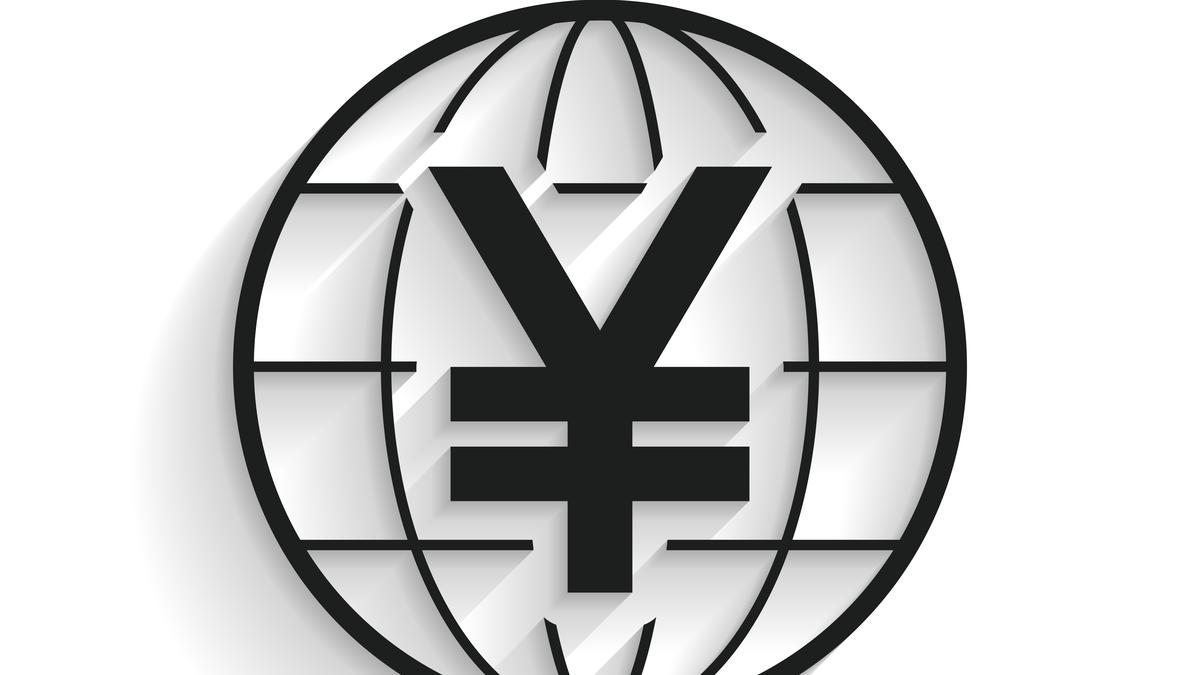Prime Minister Narendra Modi’s visit to Japan and China, that begins from August 29, comes at a time of flux in global geopolitics. While there is a tentative easing of tensions between India and China after years of strain, there is also growing uncertainty about New Delhi’s ties with Washington as the Trump administration seems to be doing everything in its power to push India away. Thus, Mr. Modi’s engagement in Tokyo carries weight well beyond the bilateral.
Japan’s major investment plan
At the heart of the visit lies Japan’s announcement of a ¥10 trillion (about $68 billion) investment plan in India to be spread over the next decade. This pledge, among the most ambitious Tokyo has ever made to New Delhi, is designed to boost the infrastructure, manufacturing, clean energy, and technology partnership. It signals Japan’s long-term stake in India’s growth story at a time when many global investors remain cautious about China. The fact that Japan is also investing in the next-generation E10 series Shinkansen for the Mumbai-Ahmedabad high-speed rail corridor reflects economic collaboration alongside Tokyo’s willingness to transfer cutting-edge technology to India.
On the strategic front, the two countries are expected to revise the 2008 Joint Declaration on Security Cooperation, reorienting their security and defence partnership in accordance with contemporary realities. The proposed Economic Security Initiative — it covers semiconductors, critical minerals, pharmaceuticals, and clean energy — anchors Japan more firmly within India’s quest for diversified supply chains. Also significant is the upgrade of their digital partnership, which is now expected to cover artificial intelligence and startup ecosystems. These initiatives place India-Japan ties at the forefront of technological and security cooperation in Asia, reinforcing their shared commitment to a free, open, and rules-based Indo-Pacific.
The U.S. factor, a case of strategic balancing
The timing of the visit is important. After the Tokyo meeting, Mr. Modi is scheduled to attend the Shanghai Cooperation Organisation summit in Tianjin, China. Bilateral ties, though scarred by the 2020 Galwan clash, are demonstrating tentative signs of stabilisation with the resumption of direct flights, visa relaxations, and trade facilitation efforts. The visit, from Tokyo to Beijing in a single week, reflects a strategic balancing in many ways. First, it underscores India’s ability to engage with a trusted strategic partner and a neighbouring competitor without allowing one relationship to dictate the other. Second, it signals that India can compartmentalise. With Tokyo, the focus is on advancing economic security, defence cooperation, and Indo-Pacific stability. With Beijing, the emphasis will likely be on managing tensions, exploring limited confidence-building measures, and keeping communication lines open.
The balancing becomes even more consequential against the backdrop of Mr. Trump’s unpredictability, which has cast a shadow on the reliability of the United States as a steady partner. Mr. Trump stands to unravel years of careful effort invested in building the New Delhi-Washington partnership. Successive administrations on both sides, from George W. Bush to Joe Biden, worked to transform a once-fractious relationship into a cornerstone of Indo-Pacific strategy, anchored in defence cooperation, technology sharing, and growing people-to-people ties. So far, Trump 2.0 risks eroding this progress. The Quad (India, Australia, Japan, the U.S.) too, remains essential to India’s Indo-Pacific vision, but its trajectory appears rocky as U.S. engagement turns episodic. The grouping was conceived as a platform to pool capacities among like-minded democracies, yet its momentum has always depended on Washington’s willingness to commit consistently. Under Mr. Trump’s second term, signals of disengagement and a narrower view of alliances risk diluting the Quad’s strategic coherence. For India, Japan and Australia, this raises pressing questions about sustaining the initiative’s credibility and operational depth.
Beyond economics and defence, there is a broader political signal embedded in the visit. By stepping up its engagement with India, Japan is not just diversifying its economic footprint but is also reinforcing the idea that dedicated long-term cooperation can deliver tangible outcomes.
The message
The Tokyo visit is thus less about short-term diplomatic outcomes and more about signalling steady strategic intent — that India is willing to keep channels with Beijing open, prepared to navigate U.S. unpredictability, and determined to deepen enduring partnerships with like-minded powers in the region. Japan’s commitments also reinforce India as one of its most reliable partners in navigating the challenges of the Indo-Pacific, from economic resilience to maritime security.
The visit will highlight one of the most enduring features of Indian diplomacy in recent years: flexibility without losing strategic clarity. In a phase of protracted geopolitical uncertainty, it is Japan that emerges as India’s anchor partner. Washington’s commitment is wavering under Trump’s short-sightedness, while Beijing remains a competitor whose gestures of normalisation cannot yet ease underlying mistrust. Tokyo offers consistency, resources and a shared strategic outlook rooted in democratic values and a free and open Indo-Pacific. Therefore, the visit to Japan is not just about consolidating an old partnership. It is about recognising where India’s most dependable ballast lies.
Harsh V. Pant is Vice President–Studies and Foreign Policy at the Observer Research Foundation and Professor of International Relations at King’s College London. Pratnashree Basu is an Associate Fellow–Indo-Pacific at the Observer Research Foundation
Published – August 26, 2025 12:08 am IST

